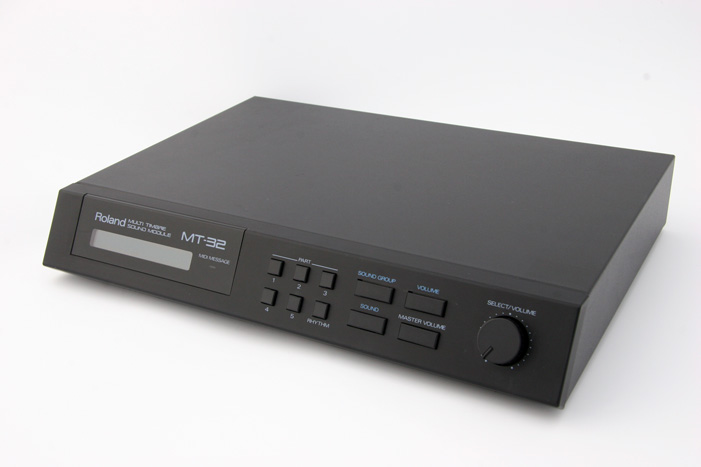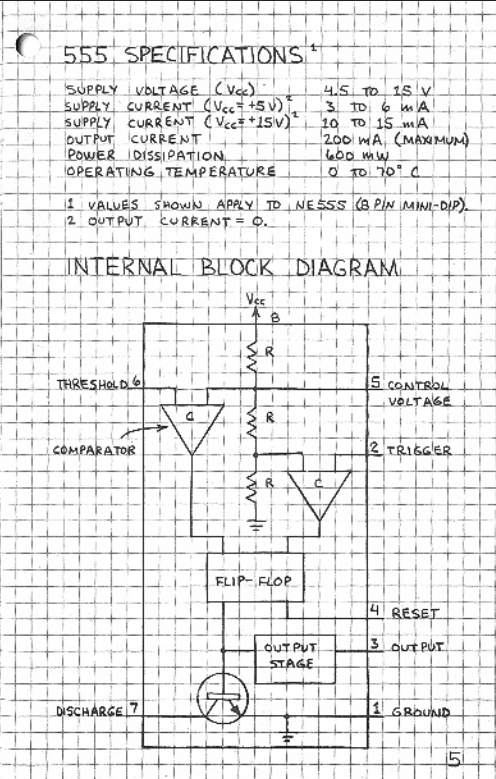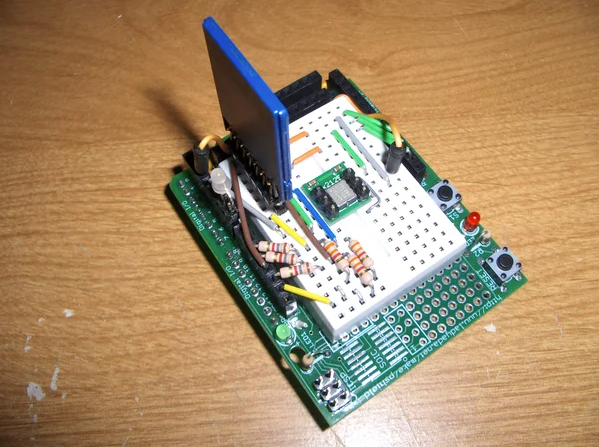Week of the 06/23/2025 - #26
Contents
tech
- Roland MT-32
- Radio Shack Electronics Notebooks
- SD Card hacks
- Basic facts about GPUs
Roland MT-32

I want to write demos for the Apple //c and MSDOS which have nice music. I’m also interested in making sure that this music would be something that could be made and played in the 80s and 90s when these machines were popular. In particular the Apple 2. Back then the Apple 2 had very limited options for sound so making music for games and demos. Basically the only option (that I know) is the speaker and the Mockingboard. The Roland MT-32 appeared in 1987 and the Apple II family was produced until 1993 so if you had money (the Roland MT-32 was very expensive at the time) you could have used one and interfacing it your Apple II / MSDOS you could have used it. Today you can use an emulator for an Roland MT-32 without shelling the approximate $1500 dollars it would cost today. Here are some resources related the the MT-32:
- Wikipedia entry for Roland MT-32
- Munt emulator - “A multi-platform software synthesiser emulating pre-GM MIDI devices such as the Roland MT-32, CM-32L, CM-64 and LAPC-I. In no way endorsed by or affiliated with Roland Corp.”
- mt32-pi - “mt32-pi is a free and open-source MIDI synthesizer for the Raspberry Pi series of single-board computers that is inexpensive to build and easy to set up. It is aimed at hobbyists, MIDI enthusiasts, musicians, and retro gamers. The software is a “baremetal” project - no operating system, no Linux - just a small self-contained kernel that starts up in seconds.” - Github project. With this project you can have a Roland MT-32 using a Raspberry Pi Zero 2 W.
- To connect the mt32-pi to the Apple II I can use the options that are described in MIDI via RS 232 or USB to serial of the mt32-pi manual. Probably will have to simply buy a “MAX3232” to convert the voltage level of the Apple to the Raspberry Pi.
-
For better sound quality I will neede to use this PCM5102 DAC module.
- Sample music - This YouTube video talks about the Roland MT-32 and has some sample music from a couple of MSDOS games. I particularly like the Monkey Island music and wil try to see what instruments and tricks they use to get such a beautiful song.
- Music: MP3s, FLACs, and Midis for “The Sercret of Monkey Island” - In here you can download the music and MIDI files for “The Secret of Monkey Island”.
- You can use Timidity++ and Soundfonts to simulate an MT-32.
- MT-32 soundfonts - “Sounds, as in the original, are 32-kHz, 16-bit depth. Whether it’s MT32, CM32 or CM64, the polyphony is as much as your computer allows.”
- To use the soundfont in timidity++ you need to download the
.sf2file and edit thetimidity.cfgfile.
Radio Shack Electronics Notebooks

Radio Shack published these beautiful electronics handbook that had a handwritten look. I think they look awesome. Seem like a great idea to create a Zine collection with useful circuits of them. Might give it a shot. In the meantime here are some links related to them:
- Engineer’s Notebook II A Handbook Of Integrated Circuit Applications Forrest Mims
- Engineer’s Mini Notebook Sensor Projects Forrest Mims - Sensor Projects
- Forrest Mims Engineer’s Mini Notebook Communications Projects - Communications Projects
- Engineers Mini Notebook - Op Amp IC Circuits - Op Amp IC Circuits
- Search Archive.org - You can see all the books with this search in https://archive.org.
SD Card hacks
Turns out that SD cards have a lot of electronics built in them. You can basically wire it directly to the microcontroller that handles SPI. It won’t be the fastest but if you don’t need to transfer a lot of information SPI is good enough. Here are some hacks and resources related to them.

- Cheap DIY SD Card Breadboard Socket - “In this Instructable, you will learn how to make an SD card socket that plugs right into a breadboard for less than two dollars in parts (depending on how you get them of course). I show you how to use a simple straight pin header and modify it so you can plug in an SD card and attach it directly to a breadboard for data logging and prototyping. This is quick and easy so you don’t have to wait for a socket in the mail, or build/buy the SMD breakout board for it either.”
- Wikipedia entry for SD card - Wikipedia entry. Very complete.
Basic facts about GPUs
This is a very good read if you are interested in learning a bit more about GPU cards and how to program and use them.
- Basic facts about GPUs - The document
- How to Optimize a CUDA Matmul Kernel for cuBLAS-like Performance: a Worklog - One of the references from the previous article